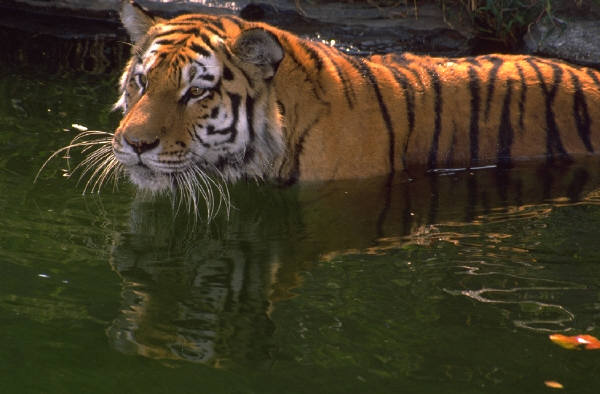
Process
Each team of students will specialize in ONE of the
areas below:
Zoologists:
Caretakers:
Tour Guides:
Habitat Specialists:
The collaborative groups will need to complete the following steps to accomplish this task:
- Choose an animal that could live in the Riverbanks zoo. When
choosing an animal, consider the South Carolina climate (located in
Columbia, South Carolina) and the climate the animal needs; if they're not the
same, can you change the climate or can the animal adapt to your climate? As a
class, you will need to reach a consensus of which animal would make a good
addition to the zoo. (Responsibility of each group)
- Start a project folder to collect and record information, thoughts, and
ideas as you work on this project. (Responsibility of each group)
- Write a list of questions you have or predict others might have about your
animal and how it can live in your zoo. (Responsibility of each group).
- natural habitat (forest, aquatic, desert?)
- information about the animal
- behaviors
- possible problems of captivity
- human impact on its survival
- Research your animal to answer your questions. Record answers and any
other necessary information you find. (Responsibility of each group). Be
sure to share what you have found with other groups! You are working together
toward a common goal!
- When you have information about each of the categories, decide as a class
:
- Is it possible to build a zoo habitat for this animal?
- Will this animal survive if placed in a zoo?
- If you are confident the animal will survive, design a model of habitat as similar
to its natural habitat as possible. Don't forget to consider the size of the
habitat, the animal's behaviors, and safety for visitors. (habitat
specialist group)
- Now create the tour guide's script, including information about the animal
in its natural habitat and human impact on that habitat. Write a fact list for
the guide to refer to when people ask additional questions. (tour
guide group)
- Create a caretaker's notebook, listing food and special requirements that
the new animal will require. (Caretaker
group)
- Create the educational display near the habitat, including a life cycle
diagram (what the animal looks like at each stage of development), food chain
diagram, geographical location, and information about how this animal is uniquely adapted to its
environment. (zoologist
group).
- Each group will present their part of the project to board members (another class).
Back Home

